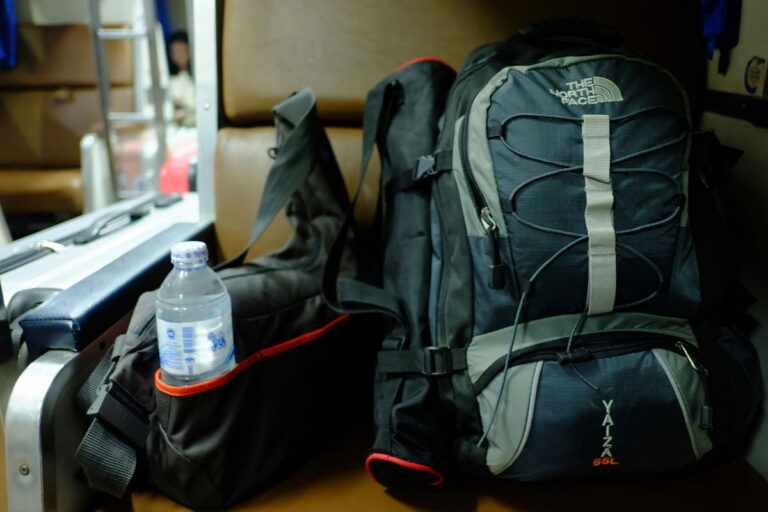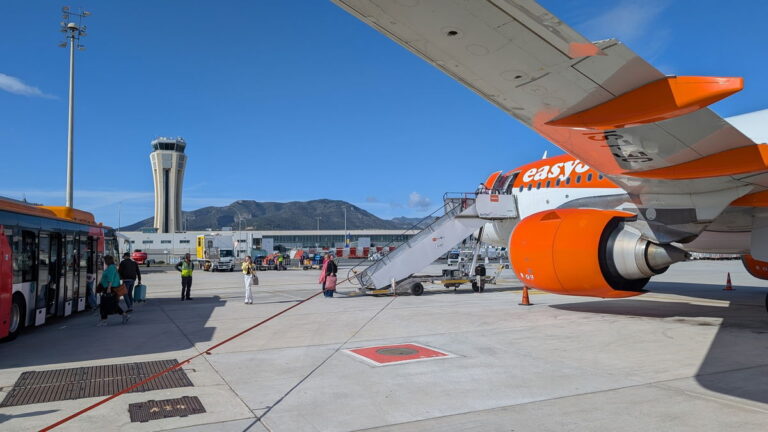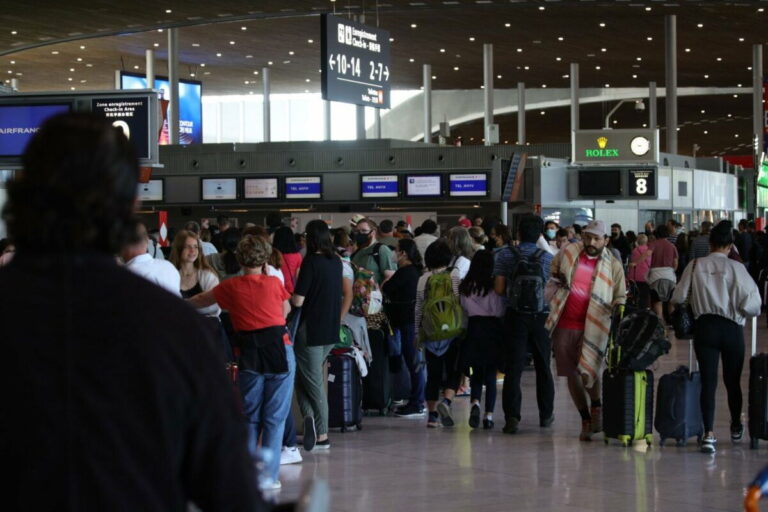
King Salman International Airport is now well underway on what is set to become the largest airport in the world.Credit: Foster + Partners
Saudi Arabia has a vision: to diversify its economy, currently reliant on oil, and position the kingdom as a global transport and tourism hub.
And it’s working on a mega-project that has officially entered an advanced phase: King Salman Airport is now one step closer to becoming the world’s largest air hub.
Located in Riyadh, King Salman International Airport is now well underway on what is set to become the largest airport in the world.
Its target is quite bold: handling 120 million passengers by 2030, and up to 185 million by 2050. For comparison, Atlanta’s Hartsfield-Jackson Airport is currently the world’s busiest and handled 108 million passengers in 2024.
An airport? No, a city within a city
Everything about this project is massive. Spread across a staggering 57 square kilometres, the new airport will feature six parallel runways and integrate the existing terminals of King Khalid International Airport, originally opened in 1983.
And actually, it is more than just an airport. Around 12 square kilometres of the complex are being dedicated to residential zones, recreational areas, shopping districts, and support services.
The design (by British architecture firm Foster + Partners, in collaboration with engineering consultancy Jacobs) aims to turn the space into a futuristic “aerotropolis.” In other words, it will be an entire city built around this airport, where aviation-related business, logistics, and lifestyle services all intersect.
With green building certification in its sights, the airport will rely heavily on renewable energy and prioritize efficiency, smooth passenger experiences, and smart operations.
While we still don’t know which airlines will operate from the hub, the airport is expected to create approximately 150,000 new jobs in the region. Once completed, King Salman International will be more than just a travel hub: it will be a city within a city.







